pii_email_33bcc5fa9284de56eb3d
One of the most popular and effective email programs is Microsoft Outlook, which also has a very structured email management system. Because Outlook has more features than Gmail, most users worldwide prefer it despite its more straightforward interface.
While using Outlook, many users will face some difficulties such as errors in the middle of using. The error code [pii_email_33bcc5fa9284de56eb3d] is the primary type of error that many Microsoft Outlook users resolve to face these days.
Numerous do not know how these errors will happen, the reason for these error codes’ occurrence, and how to resolve them?
In most cases, this will be due to general settings or functional issues with our application or the PC we are using. Here in our technical flows, we had clearly explained all the possibilities responsible for the occurrence of the error code and how to fix them ourselves in a short period of time.
Table of Contents
Fixed the Error [pii_email_33bcc5fa9284de56eb3d]
![Fixed the Error [pii_email_33bcc5fa9284de56eb3d]](https://www.webtechgalaxy.com/wp-content/uploads/2021/10/ERROR-19.jpg)
If we check the possibilities mentioned below and almost solve them, the problem will be solved.
Update Outlook
First of all, we need to keep our Outlook up to date as this can be the main reason for functional issues.
Clear Cache and Cookies – pii_email_33bcc5fa9284de56eb3d
Periodically, we need to clear caches and cookies from the app and browser. It makes the settings clean and fresh. After erasing, you need to restart the Outlook application to return to its normal function.
Our Priority Must Be A Web Application
If we only use the web-based Microsoft Outlook version, [pii_email_33bcc5fa9284de56eb3d], these types of the possibility of occurrence of error codes are minimal.
Change The Version Of Windows – pii_email_33bcc5fa9284de56eb3d
If you get these types of errors in the windows, you are using. You can switch to other Microsoft window types you want. It is also one of the simple techniques to avoid these mistakes.
Errors During Installation
This error can also occur if the installation process is not performed correctly. While installing the app, sometimes it can sync with different accounts or software which can cause the issue.
Conclusion
After reading the above article, I think readers will come to a point on how to resolve error code [pii_email_33bcc5fa9284de56eb3d] on their own in the meantime. All new-fangled ideas and suggestions are always welcome in our tech feed. You can leave them in the comment option.
Also read:
How To Write Product Reviews?
What Should Pillows Have To Rest Well?
Top Five Steps to Testing a Mattress
What is Robotic Introduction, Definition – And More
Search Related Terms to pii_email_33bcc5fa9284de56eb3d
juryweb [pii_email_455c84e3d0d28c86418d]
[pii_email_28ce56625b3f3d90ff32]
[pii_email_304b9b27d538415a4ade]
[pii_email_c0cba36634674c2efac7]
pii_email_33bcc5fa9284de56eb3d
[pii_email_61ec7773a7b0fcaa2c30]
[pii_email_2380b9d6520a43ec25f6]
[pii_email_0fb3fac562b06ea1d115]
[pii_email_d9f3c17c013beb6092a3]
[pii_email_90b4547442f1f1e001d2]
[pii_email_ab630e96d1a514101657]
[pii_email_39b488ed3a6ea57f1f5b]
[pii_email_823f43c735bb5e7c851b]
[pii_email_148502ad759f50f39787]
[pii_email_ffb0a543bed4a4482974]
pii_email_33bcc5fa9284de56eb3d
[pii_email_a4117bc87cb352b15b68]
[pii_email_88b3fd645ef26dd9649f]
[pii_email_a37aeab4f52a36cfec65]
[pii_email_07a63723810b70686330]
[pii_email_09561ce25d5bd38c7da2]
[pii_email_1d792d7a4e3281d25278]
[pii_email_ed0a25716803e5b42cc2]
[pii_email_bd3a8df463d4a6ebf4ef]
[pii_email_2776f13cb4eb31324aa1]
[pii_email_519b1bf588cf9a3db179]
[pii_email_ddb7b0ca0f8cb4d23f14]
[pii_email_57a4a2f20ec6813a8481]
[pii_email_5f989e2fb5d007bf52e0]
[pii_email_b79c1d8e3bccecb9ddb7]
[pii_email_947a8a5da595cf38a0e1]
[pii_email_f4cea690933c501337c1]
[pii_email_89b56b2b01b2f18f9d6e]
[pii_email_3c4e64746b7dbdf0f125]
[pii_email_0763df7609c640dae09d]
[pii_email_3af808b2d3c4cdf999da]
[pii_email_f14e615268c14fcef7f4]
[pii_email_8c96c1c23f5914dd67d1]
[pii_email_5a3f70ed21f415521fa3]
[pii_email_f60e9c57c48c91b3fdf8]
[pii_email_3a055da5e78763bfb9d1]
[pii_email_f886ca817c3ecfa6ece0]
[pii_email_dd94fb8179ba2537ba4c]
[pii_email_35ecc45cdf0e64449ffb]
[pii_email_283a3b234a30c4726510]
[pii_email_91bf3c0bf2b35021c44e]
[pii_email_e74878d74f14b5448151]
[pii_email_854502e036ec380c4337]
[pii_email_39065c4ef6f080d07ef3]
[pii_email_7cef1d1c98a5f83e63fb]
[pii_email_441ab633e037aadb52c0]
[pii_email_0ad520a0be6582097e0d]
[pii_email_2574ee28734b829a5e42]
[pii_email_cb63b2aeecd2c67815de]
[pii_email_a82092cd8885c9372c33]
[pii_email_7abdd470fdc62380369b]
[pii_email_14775682b7e2565009f8]
[pii_email_f2a3d3e8194c712bb4c5]
[pii_email_8231eed82452cc816dba]

![How To Fix Outlook [pii_email_33bcc5fa9284de56eb3d] Error Code How To Fix Outlook [pii_email_33bcc5fa9284de56eb3d] Error Code](https://www.webtechgalaxy.com/wp-content/uploads/2021/10/ERROR-18-768x512.jpg)
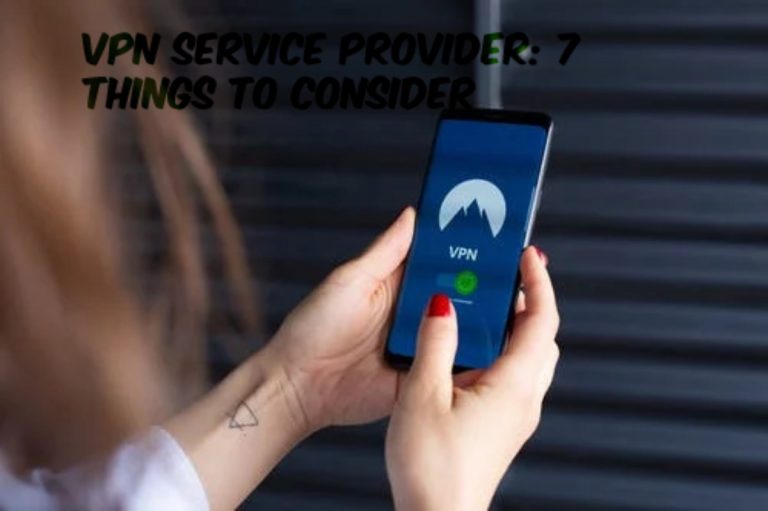

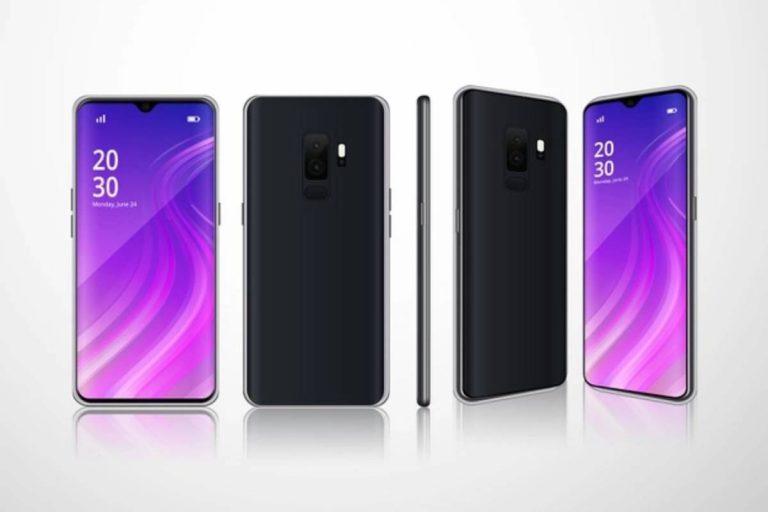
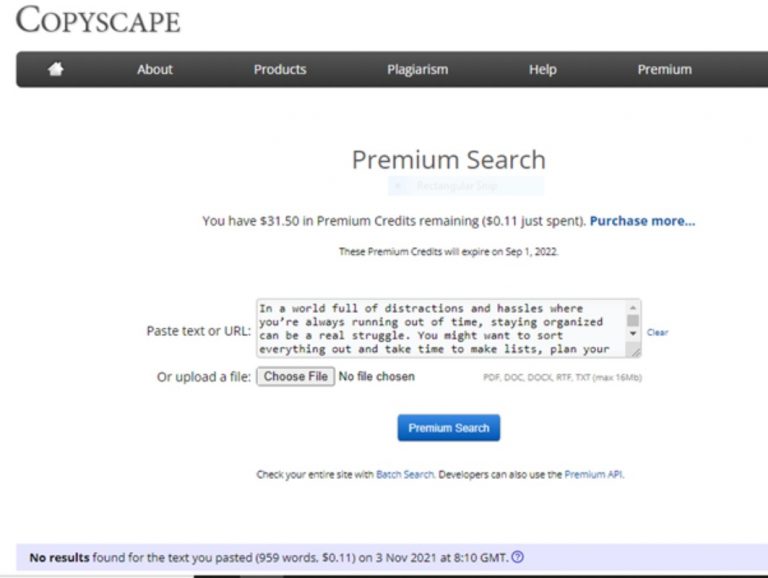
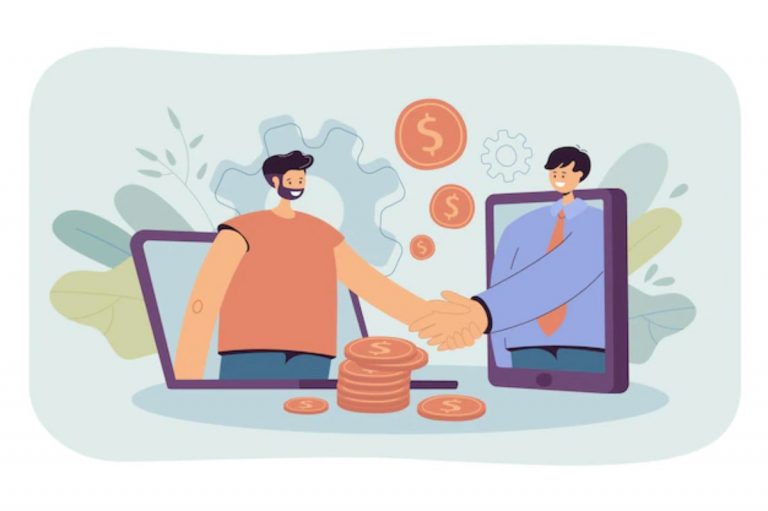



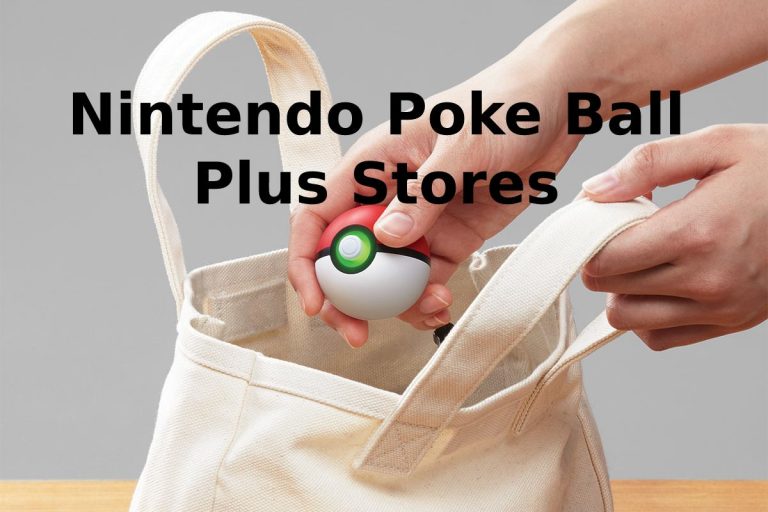

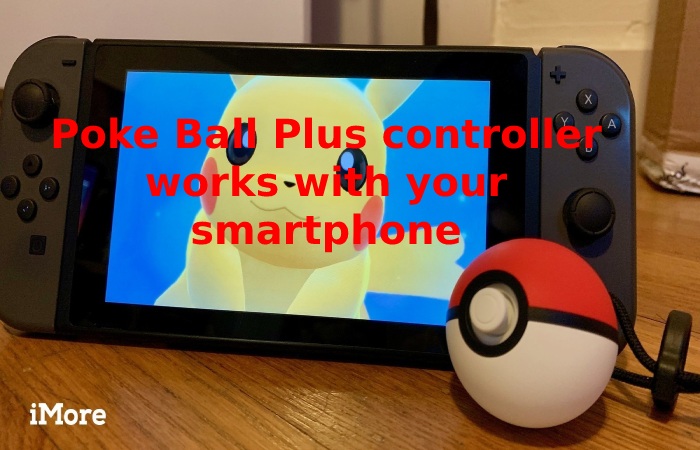
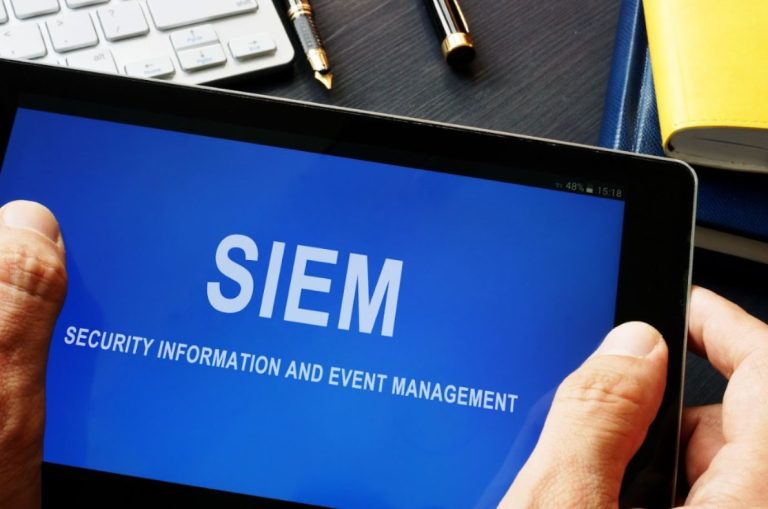

![[pii_email_f4cea690933c501337c1] Error Code Fixed [pii_email_f4cea690933c501337c1] Error Code Fixed](https://www.webtechgalaxy.com/wp-content/uploads/2021/10/pii_email_f4cea690933c501337c1-Error-Code-Fixed-768x512.jpg)